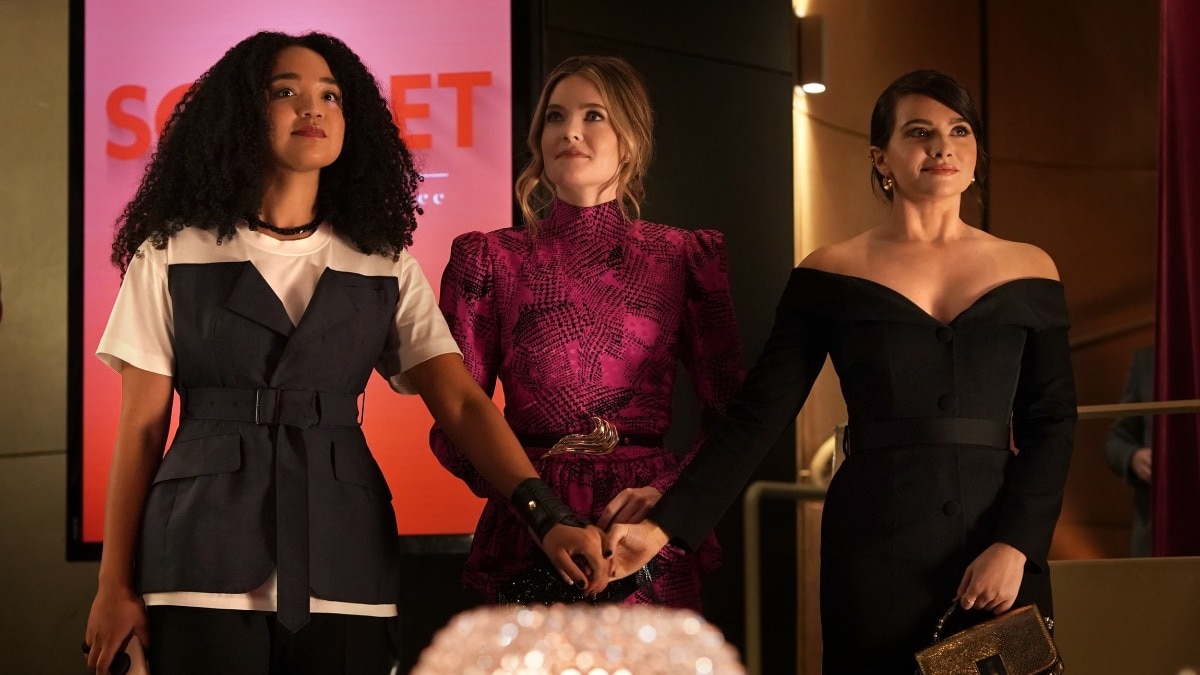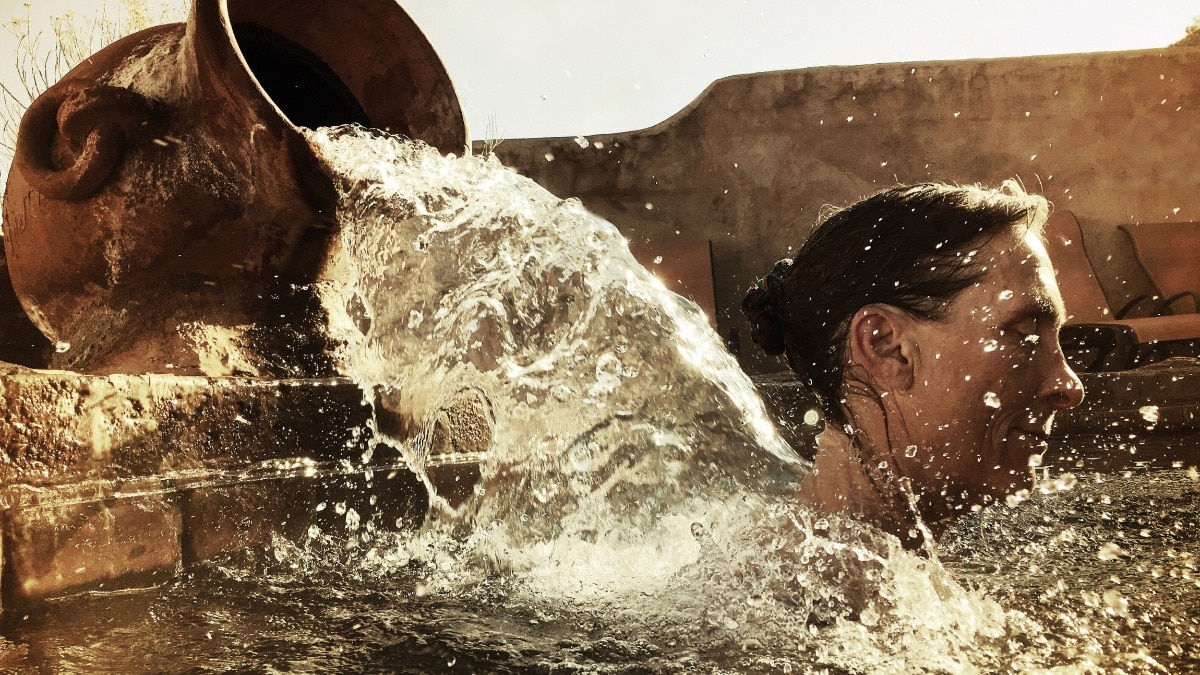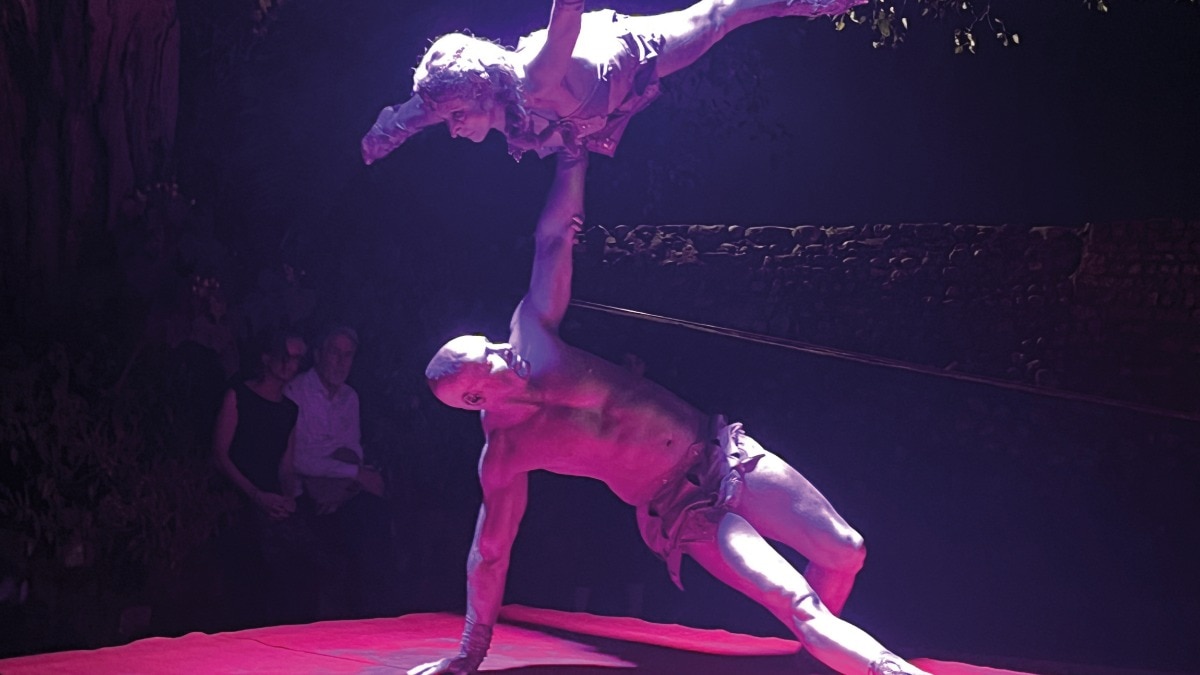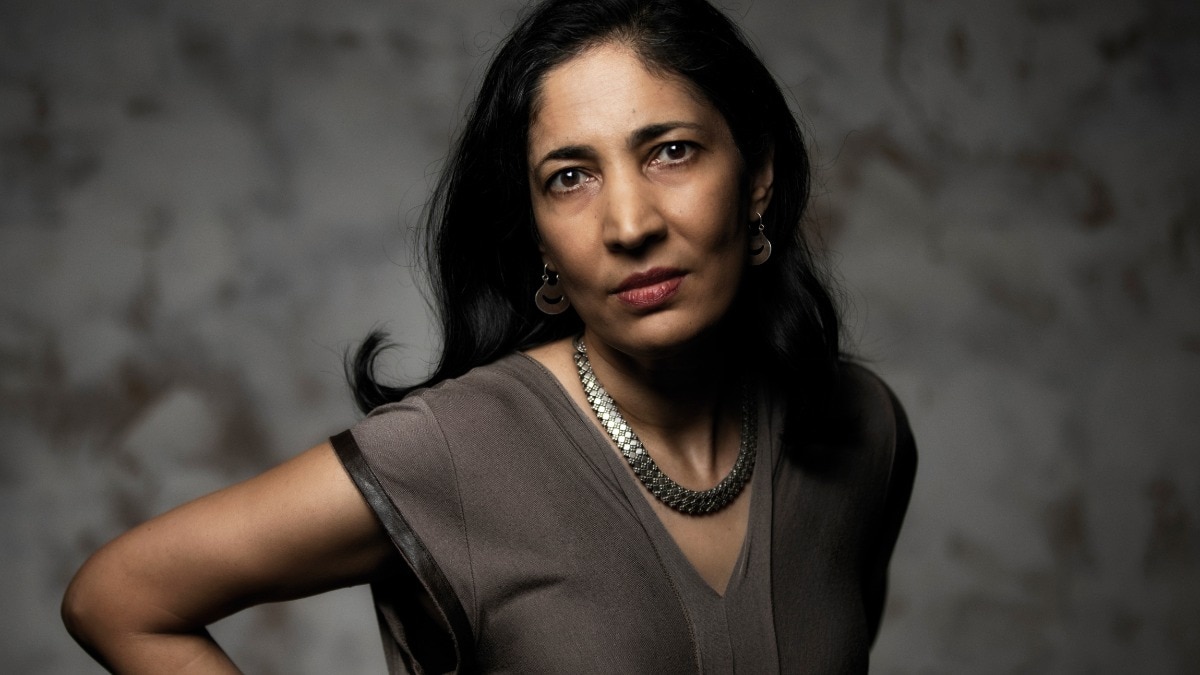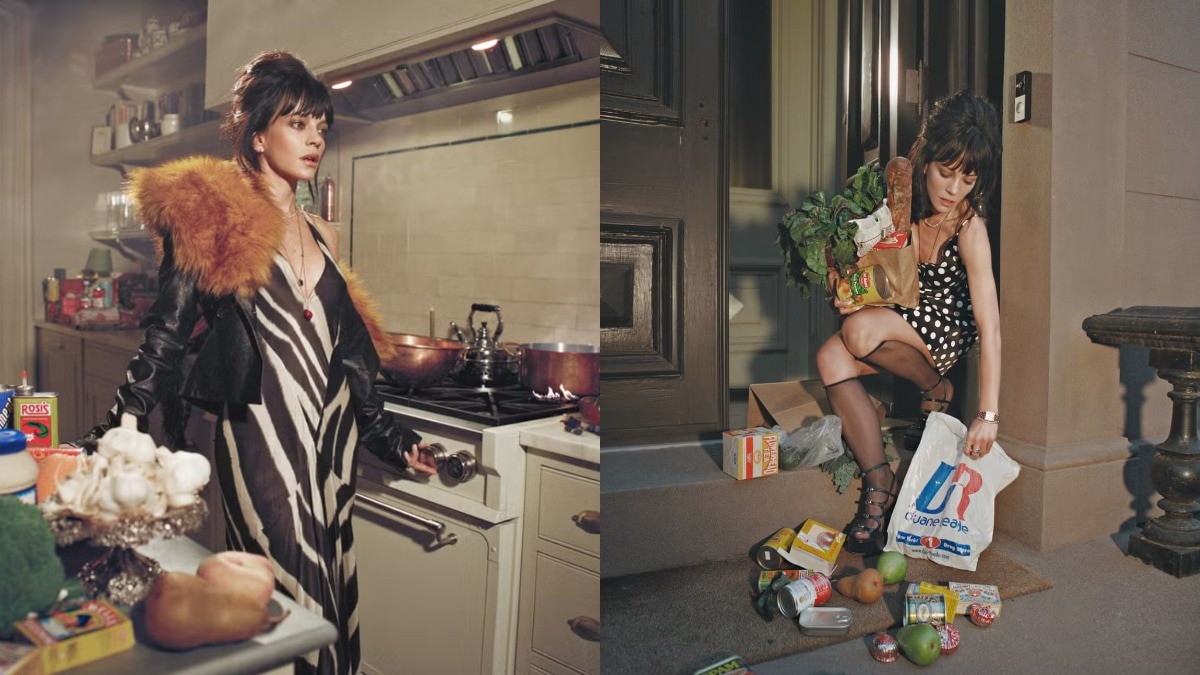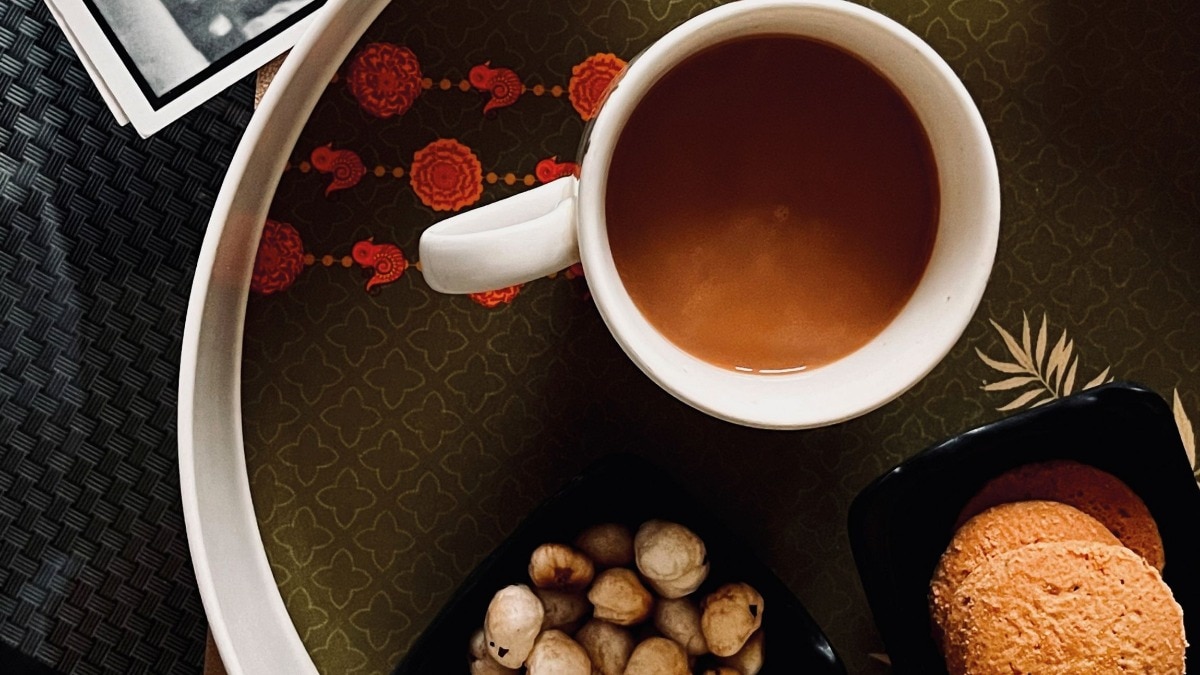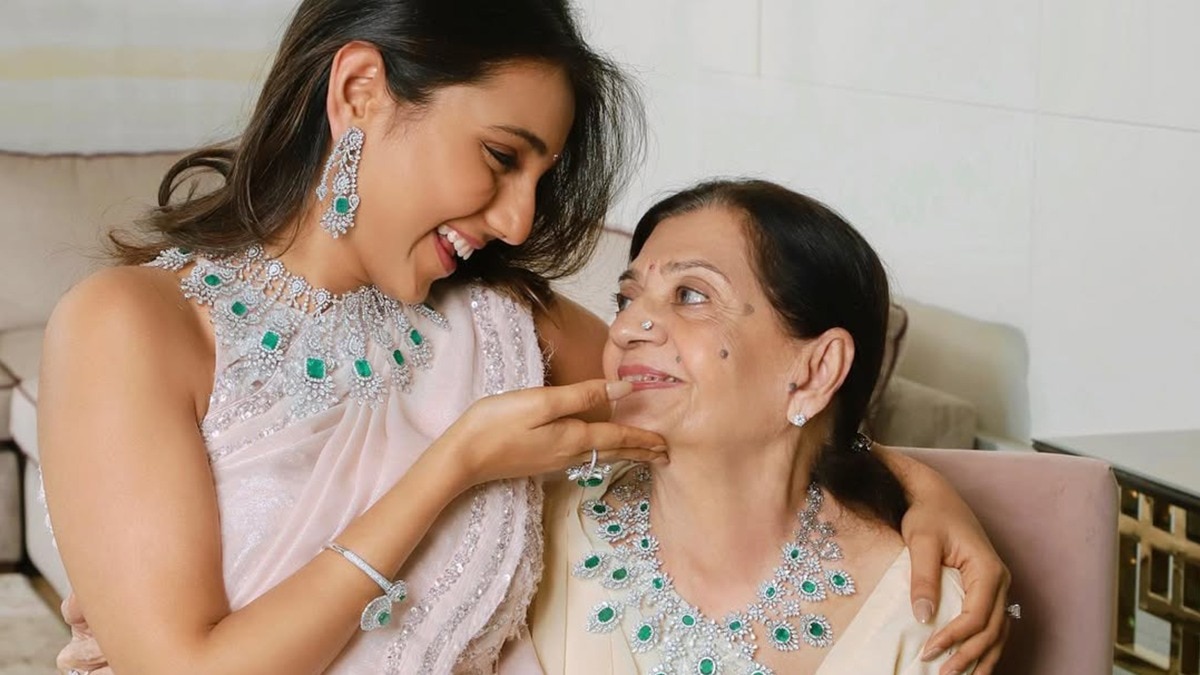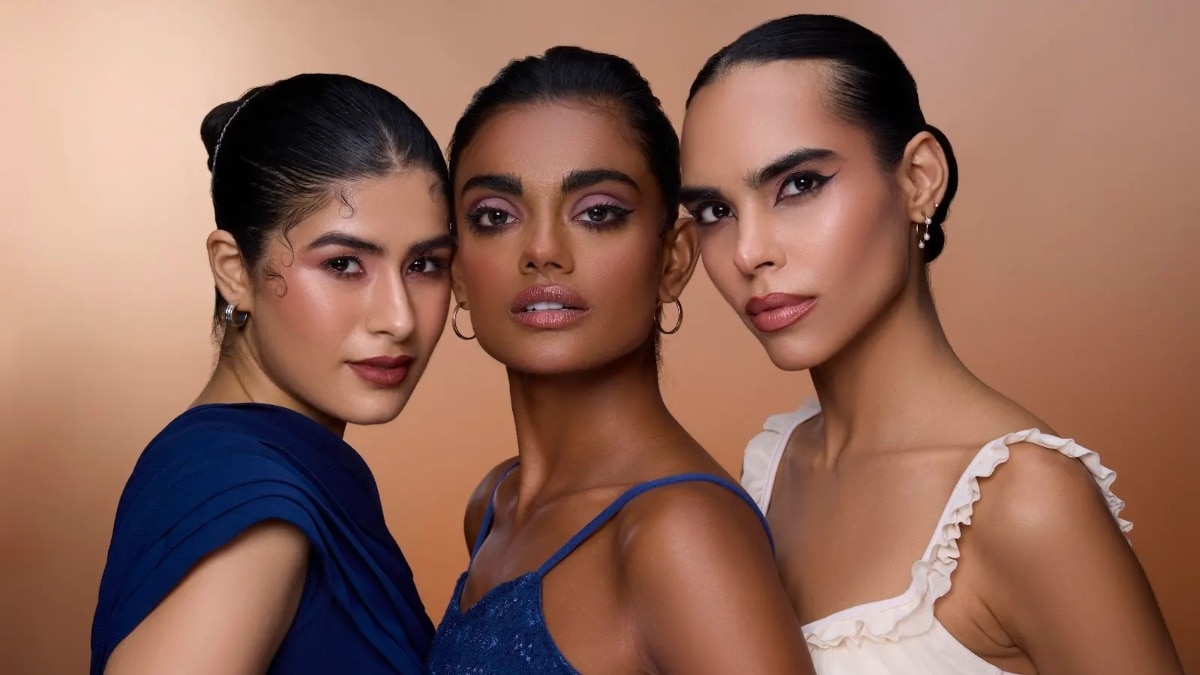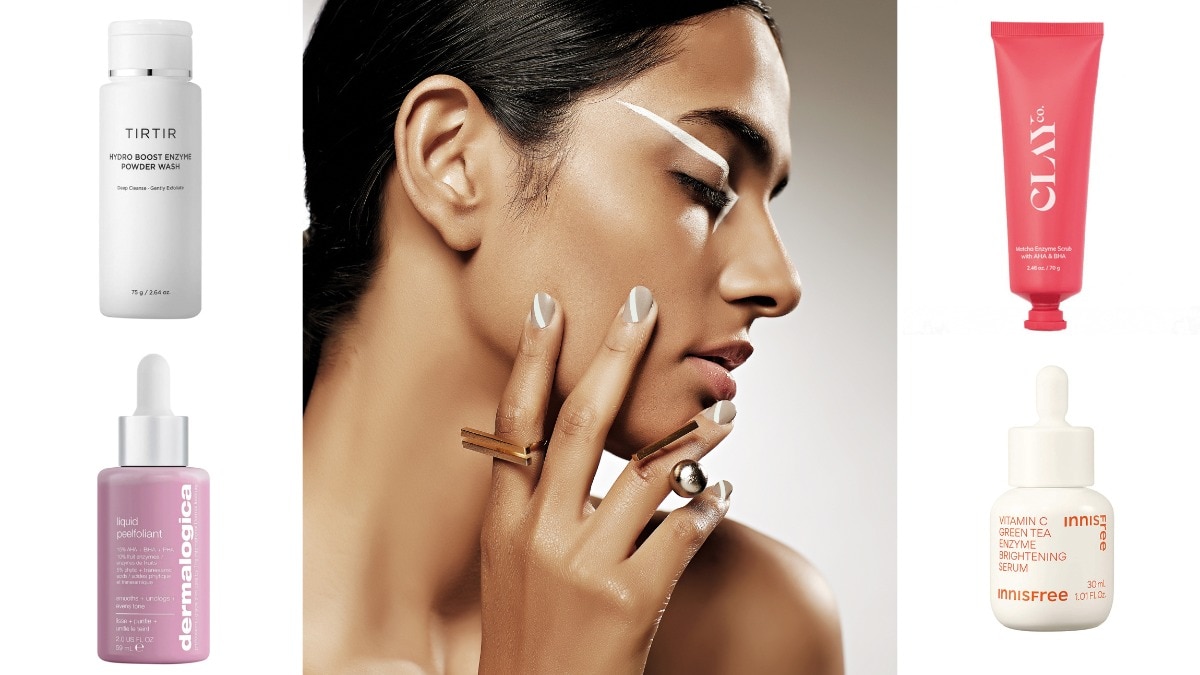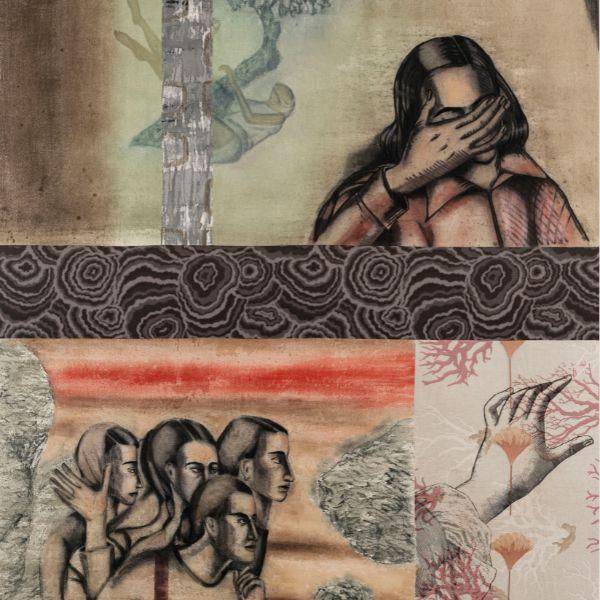
Frieze 2025 proves London’s art energy isn’t gone—just evolving
Despite a bruised market, Frieze 2025 reminds us why London remains the beating heart of the global art world.

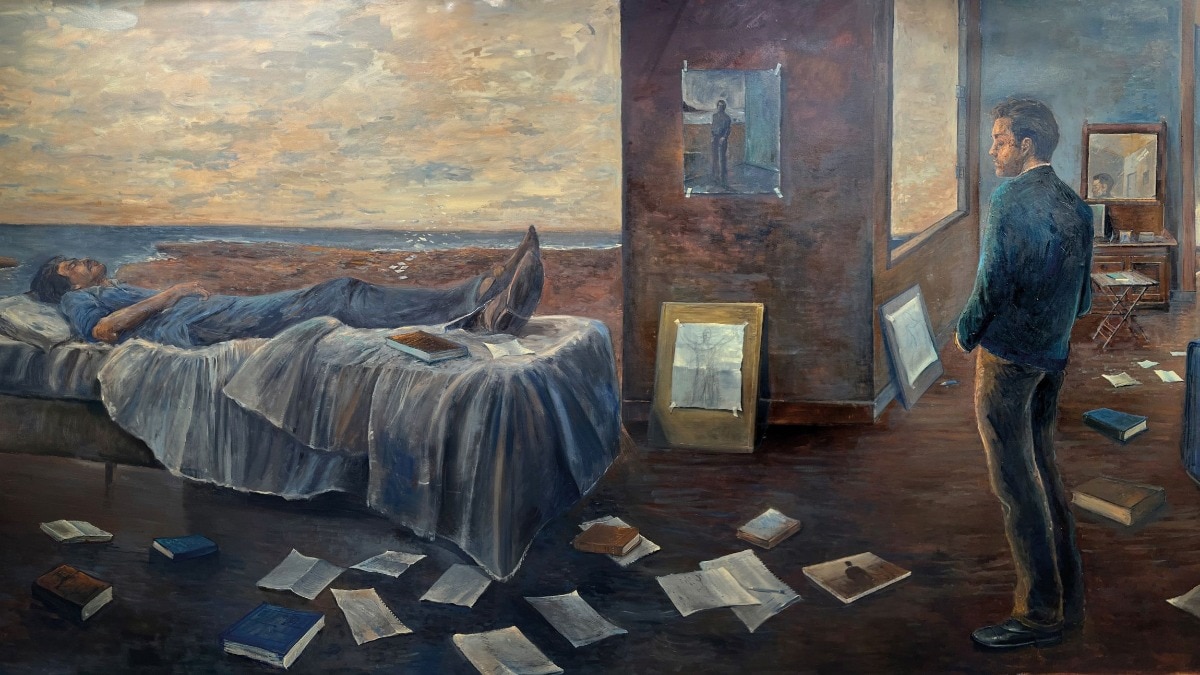
It’s no secret that the art market has been struggling, and that galleries have taken a big hit, with a slew of closures making headlines over the past year. So, the energy leading up to London’s most coveted art event (Frieze 2025) was definitely weary. But alas! There was a break in the clouds, and London showed off its best self after a long time.
The lead-up to the event, which was held from October 15 to October 19, has been strong, with many noteworthy exhibitions at major institutions across the city. On September 20, the Royal Academy opened The Histories, an exhibition of Kerry James Marshall’s work. It was one of the most talked-about shows in a long time. It has been years since contemporary painting of this grandeur, scale, and seriousness has adorned the walls of the RA, and Marshall’s works seem to be at home in those lofty galleries.
Only five days before Frieze London, Peter Doig’s House of Music opened at The Serpentine Galleries, and has been a noteworthy show. It is the first time Doig has integrated audio with his paintings, combining his passion for both music and art. Collaborating with his old friend Laurence Passera, they sourced and reconfigured large-scale vintage speakers from abandoned cinemas in the UK, which looked like art installations themselves.
Other standout institutional shows around the town included Lee Miller at Tate Britain, Nigerian Modernism at Tate Modern, Gilbert & George’s retrospective at Hayward Gallery, and Rachel Jones’ Gated Canyons at the Dulwich Picture Gallery.
During Frieze this year, No. 9 Cork St—a participating gallery in Mayfair—hosted a solo exhibition by Houston-based contemporary artist Zaam Arif presented by Vadehra Art Gallery. Curated by Ben Broome, the exhibition, titled Deewaar, featured 18 oil paintings across various scales, including portraiture, still life, and surrealist interior scenes. Another solo exhibition, Testimony of the Soil, by Egyptian painter Ibrahim El-Dessouki, was presented by Saudi Arabia’s Hafez Gallery. A group exhibition of Central Asian and Caucasus artists with Russia’s Artwin Gallery also adorned the walls of No. 9 Cork St.
Meanwhile, Saatchi Yates unveiled a landmark exhibition by the legendary Marina Abramovic. Reimagining her iconic performance videos ‘Blue Period’ and ‘Red Period’, the show translates them into 1,200 photographic stills that explore emotion, endurance, and the symbolic power of colour. The opening night was nothing short of electric; hundreds spilt onto the streets of St James’. The evidence is clear that London’s art scene, while perhaps bruised, is very much alive.
This year, I was particularly eager to see Frieze’s ‘Artist-to-Artist’ Project, where established artists nominate contemporaries to exhibit at the fair. Highlights included British painter Chris Ofili selecting Neal Tait; American painter Amy Sherald championing René Treviño; and Indian artist Bharti Kher nominating T Venkanna.
At Frieze Masters, curators Sheena Wagstaff and Margrethe Troensegaard introduced The Studio section, pairing contemporary artists with historical practices. The section is based on the idea that the artist’s studio can be seen as a kind of time machine: a unique place of making where historical memory sparks invention in the present, which manifests in artworks that look to the future. This year’s line-up featured solo presentations by acclaimed artists Glenn Brown, Dorothy Cross, Anju Dodiya, Samia Halaby, RH Quaytman, and Anne Rothenstein. Each of them offered a deeply thoughtful exploration of continuity across time.

Courtesy: Vadhera Art Gallery
The fair’s layout was such that emerging galleries welcomed visitors at the entrance while established global names commanded the centre. The ‘Focus’ section celebrated 33 young galleries, each showcasing distinctive solo or dual presentations. Personal highlights included Jan Gatewood at Rose Easton, Gu Xingzi at Gallery Vacancy, Alex Margo Arden at Ginny on Frederick, and the Gypsum Gallery duo Marianne Fahmy and Yasmine El Meleegy.
Out of 168 galleries represented at Frieze London, the standouts, for me, included Vanessa Raw and Lindsey Mendick at Carl Freedman Gallery, Hiroka Yamashita at Taka Ishii Gallery, Uri Aran at Sadie Coles, Gillian Wearing and Paul P at Maureen Paley, Radhika Khimji at Experimenter, and Mahesh Baliga at Project 88.
Director of Experimenter Priyanka Raja emphasises that fairs like Frieze are as much about knowledge-building and connections as they are about sales. She highlights the quality of conversations and new collector relationships this year, noting the engagement with politically charged works by Vikrant Bhise, T Vinoja, and Bani Abidi, alongside the women-centric focus of artists such as Radhika Khimji, Chanakya School, and Sakshi Gupta.
When I ask how she approaches challenges in the art market, she reflects, “Experimenter started in 2009, at yet another time of great uncertainty after the 2008 economic crash. Then, as now, a singular vision in representing pacesetting contemporary practices remains the cornerstone of the gallery’s thinking. Challenges open up new possibilities, and we felt a certain upbeat pulse at the fair, contrary to all the gloomy stories circulating.”
After a week filled with inspired encounters and more sightings of On runners, faux Birkins, and matcha lattes than one could count, I was thoroughly art-ed out. While some galleries appeared to be saving their top-tier works for Art Basel Paris the following week, the overall mood was unmistakably upbeat. As Roshini Vadehra, Director, Vadehra Art Gallery, aptly summarises, “Overall, the fair felt optimistic. There’s a stronger sense of engagement and respect for South Asian art than ever before.”
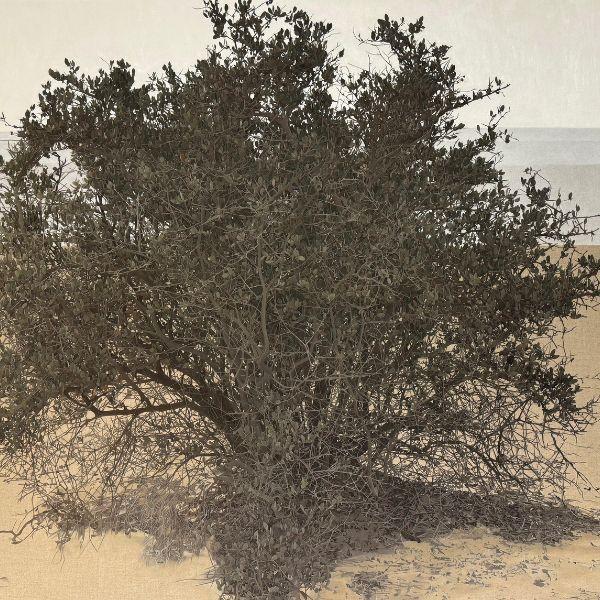
Overall, plenty of galleries played it safe at this year’s Frieze, leaning toward decorative or commercially dependable pieces. And in such a cautious market—it’s hard to blame them—taking risks might not have been the smartest business move. Still, it raises the question: has London found its rhythm again, or at least given the art world a bit more confidence?
Lead Image: Kaagaz Ke Phool (2024–25), oil on canvas, by Zaam Arif; Courtesy: Vadhera Art Gallery
This article first appeared in the November 2025 issue of Harper's Bazaar India
Also read: New York’s Art Deco revival finds its true muse in this iconic hotel
Also read: Mumbai meets Miami at Art Deco Alive!—A celebration of design and glamour

